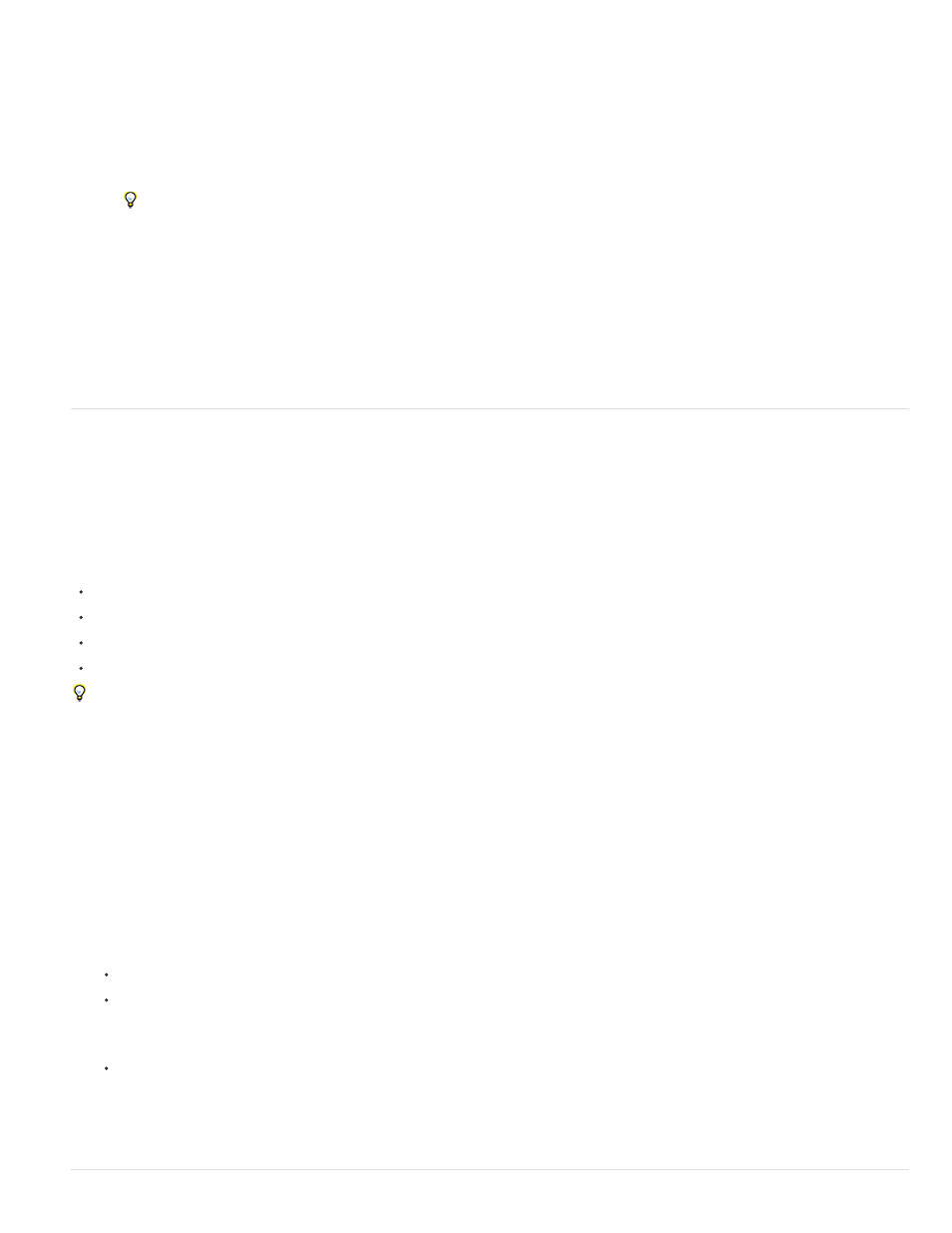View cfcs in dreamweaver edit cfcs in dreamweaver, View cfcs in dreamweaver – Adobe Dreamweaver CC 2014 v.13 User Manual
Page 659

Name Specifies the filename of the component. The name must contain only alphanumeric characters and underscores (_). Don’t
specify the .cfc file extension when entering the name.
Component Directory Specifies where the component is saved. Select the web application’s root folder (such as
\Inetpub\wwwroot\myapp\) or any of its subfolders.
b. To define one or more functions for the component, select Functions from the Section list, click the Plus (+) button, and enter the details
of the new function.
Ensure that you specify the type of the value returned by the function in the Return Type option.
If you select remote from the Access menu, the function becomes available as a web service.
c. To define one or more arguments for a function, select Arguments from the Section list, select the function from the pop-up menu, click
the Plus (+) button, and enter the details of the new argument on the right.
4. If you use a remote development server, upload the CFC file and any dependent files (such as those used to implement a function or include
files) to the remote server.
Uploading the files ensures that Dreamweaver features such as Live view and Preview In Browser work properly.
Dreamweaver writes a CFC file and saves it in the folder you specified. The new component also appears in the Components panel (after
clicking Refresh).
5. To remove a component, you must delete the CFC file manually from the server.
View CFCs in Dreamweaver
Dreamweaver provides a way to visually examine the ColdFusion components (CFCs) located in your site folder or on the server as a whole.
Dreamweaver reads the CFC files and displays information about them in an easy-to-navigate tree view in the Components panel.
Dreamweaver looks for the components on your testing server (see Connecting to the database in Dreamweaver). If you create CFCs or make
changes to existing CFCs, make sure to upload the CFC files to the testing server so they are accurately reflected in the Components panel.
To view components located on another server, change the testing server settings.
You can view any of the following information about your CF components:
List all of the ColdFusion components defined on the server.
If you’re running ColdFusion MX 7 or later, filter the list to show only the CFCs located in your site folder.
Explore the functions and arguments of each component.
Inspect the properties of functions that serve as web services.
To use Dreamweaver to inspect CFCs residing in the server root while also managing your site files in a different website root, you can define
two Dreamweaver sites. Set the first site to point to the server root and the second to point to the website root. Use the site pop-up menu on
the Files panel to switch quickly between the two sites.
To view CFCs in Dreamweaver, follow these steps:
1. Open any ColdFusion page in Dreamweaver.
2. In the Components panel (Window > Components), select CF Components from the pop-up menu.
3. Click the Refresh button in the panel to retrieve the components.
The components package is displayed on the server. A component package is a folder that contains CFC files.
If existing component packages do not appear, click the Refresh button in the panel toolbar.
4. To display only the CFCs located in your site folder, click the Show Only Current Site’s CFCs button in the Components panel toolbar.
Note: This feature is available only if you’ve defined a computer running ColdFusion MX 6 or later as a testing server for Dreamweaver.
Note: If the current site is listed in a virtual folder on the remote server, the filtering does not work.
5. Click the Plus (+) button beside the package name to view the components stored in the package.
To list the functions of a component, click the Plus (+) button beside the component name.
To see the arguments a function takes, as well as the arguments’ type and whether they are required or optional, open the function’s
branch in the tree view.
Functions that take no arguments have no Plus (+) button beside them.
To quickly view the details of an argument, a function, a component, or a package, select the item in the tree view, and click the Get
Details button in the panel toolbar.
You can also right-click (Windows) or Control-click (Macintosh) the item and select Get Details from the pop-up menu.
Details about the item are displayed in a message box.
652
